
CHRYSOBERYL
Specimen chb-3
$ 65.00
Dims: 0.7" x 0.5" x 0.5"(1.8 x 1.3 x 1.3 cm)
Wt: 4.5 g
Colatina, Espirito Santo, Brazil
The Espirito Santo locality of Brazil is well-known for producing excellent crystals of Chrysoberyl- this specimen is no exception. It is in the form of a cyclic twin, and looks like a double-terminated hexagonal crystal. It has no damage, and I cannot find the spot where it was attached to its host rock. The faces are heavily striated, especially the termination faces. The crystal's color is a dull yellow-green, it has a pearly luster on its faces, and is translucent, with much cloudiness and internal flaws. Here is the right specimen for the collector that wants a complete, undamaged Chrysoberyl cyclic twin.
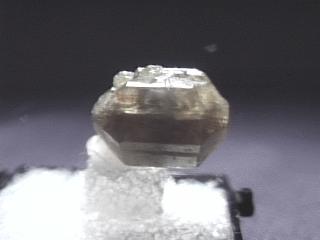
 Amethyst Galleries' Mineral Gallery MINERALS |

CHRYSOBERYL specimen chb-3
$ 65.00
$ 65.00
Dims: 0.7" x 0.5" x 0.5"(1.8 x 1.3 x 1.3 cm)
Wt: 4.5 g
Colatina, Espirito Santo, Brazil
The Espirito Santo locality of Brazil is well-known for producing excellent crystals of Chrysoberyl- this specimen is no exception. It is in the form of a cyclic twin, and looks like a double-terminated hexagonal crystal. It has no damage, and I cannot find the spot where it was attached to its host rock. The faces are heavily striated, especially the termination faces. The crystal's color is a dull yellow-green, it has a pearly luster on its faces, and is translucent, with much cloudiness and internal flaws. Here is the right specimen for the collector that wants a complete, undamaged Chrysoberyl cyclic twin.


chb-3 ($ 65.00)
Colatina, Espirito Santo, Brazil
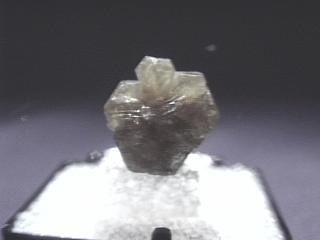
CHRYSOBERYL specimen chb-4
$ 65.00
$ 65.00
Dims: 0.6" x 0.5" x 0.5"(1.5 x 1.3 x 1.3 cm)
Wt: 4.2 g
Colatina, Espirito Santo, Brazil
A crystal from the famous Espirita Santo locality in Brazil, this specimen is in the form of a cyclic twin, or trilling. It looks a lot like a double-terminated hexagonal crystal of a dull yellow-green mineral. It has a pearly luster and shows heavy striating, especially on its termination faces. There is a band of cloudy translucence running through the center of the crystal's prism and the material towards both terminations clears to transparent, but this transparence is interrupted by both internal fractures and heavy inclusions. Though some striations are so heavy as to become crevices in the crystal, there is almost no detectable damage.


chb-4 ($ 65.00)
Colatina, Espirito Santo, Brazil
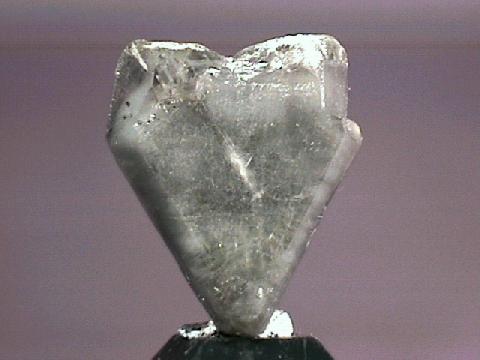
CHRYSOBERYL specimen chb-5
$ 38.00
$ 38.00
Dims: 0.7 x 0.6 x 0.2" (1.8 x 1.5 x 0.5 cm)
Wt: 2.0 g
T. Frieta County, Bahia, Brazil
This small thumbnail specimen consists of a "V-Twin" of orthorhombic Chrysoberyl blades. These crystals are nearly identical in size, both having dimensions of 0.7 x 0.4 x 0.2" (1.8 x 1.0 x 0.5 cm), and are in relatively good condition, though both show some obvious damage. Their form is excellent, however, with well-defined edges and clean faces that possess a luster that ranges from dull pearly to vitreous. Their coloration is a moderately pale grayish-green, and though most of the material is translucent and cloudy, there are small areas of noticeable transparence and clarity. There is no host rock attached to them.


chb-5 ($ 38.00)
T. Frieta County, Bahia, Brazil
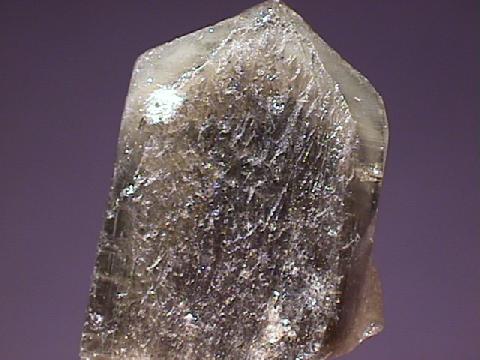
CHRYSOBERYL specimen chb-6
$ 80.00
$ 80.00
Dims: 1.1 x 0.9 x 0.4" (2.8 x 2.3 x 1.0 cm)
Wt: 13.4 g
T. Frieta County, Bahia, Brazil
This thumbnail specimen consists of a single Chrysoberyl prism. It is in excellent condition, showing only a small amount of human-induced damage, and shows a very good orthorhombic prismatic form that has well-defined edges and heavily striated but otherwise clean faces that possess a bright vitreous luster. Its color is a rather dull yellow with a strong hint of green, and it is partly transparent, as there is a substantial cloudy inclusion located just under its termination surfaces. There is no host rock present.
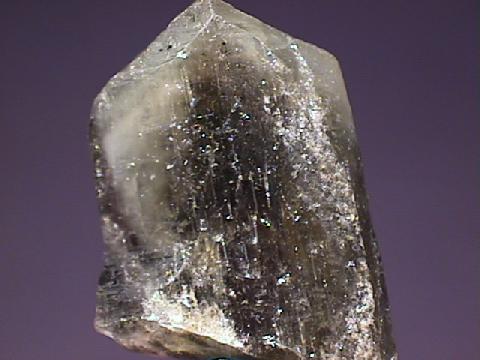

chb-6 ($ 80.00)
T. Frieta County, Bahia, Brazil

CHRYSOBERYL specimen chb-7
$ 70.00
$ 70.00
Dims: 0.5 x 0.5 x 0.4" (1.3 x 1.3 x 1.0 cm)
Wt: 3.3 g
Minas Gerais, Brazil
This single Chrysoberyl crystal is in fair to moderately good condition, possessing considerable damage. However, its orthorhombic prismatic form is excellent, showing evidence of the formation of cyclic twinning through its triangular cross-section. All edges are very well-defined, and most faces are very clean, possessing a bright pearly-to-vitreous luster. One side of the crystal is warped and incomplete due to intergrowth, but this does not affect its general form. Its color is a dark gray-green, and it is dimly translucent under normal light. There is no host rock present.
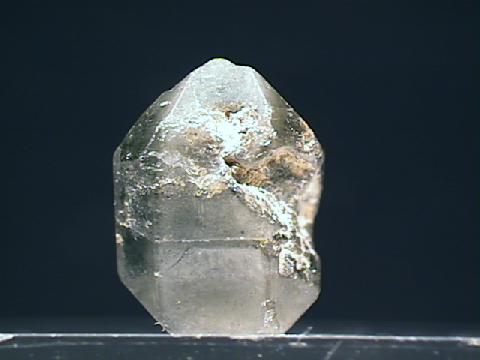

chb-7 ($ 70.00)
Minas Gerais, Brazil
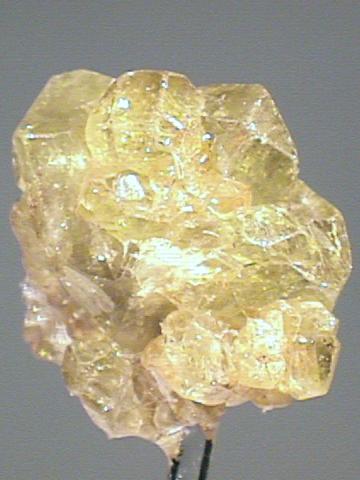
CHRYSOBERYL specimen chb-8
$ 57.00
$ 57.00
Dims: 0.6 x 0.6 x 0.4" (1.5 x 1.5 x 1.1 cm)
Wt: 6.6 g w/ foam base
Minas Gerais, Brazil
At least 5 heavily-intergrown Chrysoberyl crystals comprise this specimen. These crystals are in very good condition and reach maximum lengths of about 0.3" (8 mm) three of them make up half of a cyclic twin, and the rest appear to be singular. Their orthorhombic prismatic form is quite good, given their intergrowth, and all have the green-yellow color and vitreous luster that are common for this mineral. They are generally transparent, but their clarity is spoiled by many internal fractures and some inclusions. There is no host rock present, and the piece is affixed inside a plastic specimen box.

chb-8 ($ 57.00)
Minas Gerais, Brazil
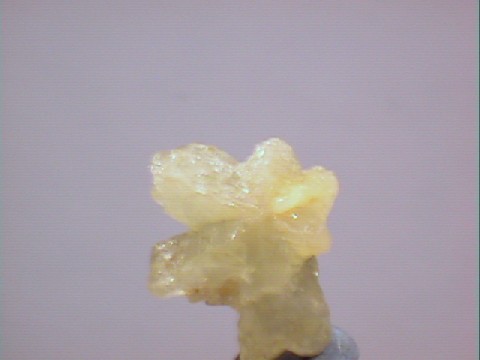
CHRYSOBERYL specimen chb-9
$ 60.00
$ 60.00
Dims:0.3x0.3x0.2" (0.8x0.8x0.5 cm)
Wt: 0.2oz. (5g)w/base
Colatina, Esperito Santo, Brazil
This is one of the better cyclic twins of chrysoberyl that I have ever seen. Although a bit unevenly distributed, There are distinctly six "arms" that form the pseudohexagonal trilling. There is no damage to this specimen. It is firmly glued to a clear acrylic base.


chb-9 ($ 60.00)
Colatina, Esperito Santo, Brazil
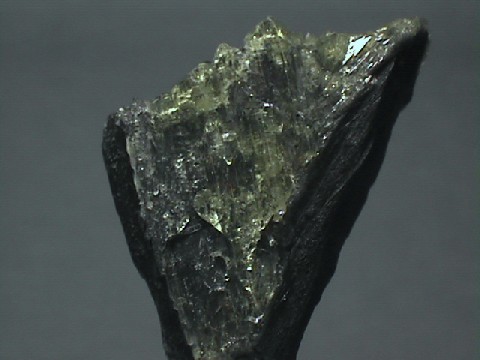
CHRYSOBERYL specimen chb-10
$ 105.00
$ 105.00
Dims: 1.4x0.8x0.35" (3.5x2.0x0.9 cm)
Wt: 0.35 oz. (9.9g)
Ambatodraza, Madagascar
I'm not sure what the underlying host rock is, but most of its surface has been coated with crystals of chrysoberyl. Actually, by a single crystal, judging by the faces and striations. This makes me believe that the "host" is actually a large and impure crystal (thus dark and opaque), and only the outer surface is green and transparent. The "broken" end of the host has been overcoated with many excellent crystal terminations. There is a clear twinning plane visible. Only the tip of the crystal appears to be damaged - everything else has a coating of chrysoberyl.
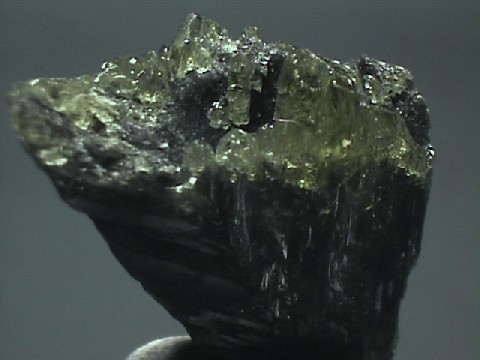

chb-10 ($105.00)
Ambatodraza, Madagascar

CHRYSOBERYL specimen chb-11
$ 60.00
$ 60.00
Dims: 1.16x0.76x0.25" (2.94x1.93x0.63cm)
Wt: 30.00ct (6.00g)
Ambatodraza, Madagascar
This is another Ambatodraza chrysoberyl specimen. At first examination, it appears that a brown, opaque host rock has been completely coated by chrysoberyl. However, close examination reveals that the chrysoberyl surface (pale greenish-yellow and transparent) is a single twinned crystal, showing hints of a cyclic hexagonal form. This convinces me that the underlying "rock" must be chrysoberyl, albeat impure, brown, and opaque. The large flat surfaces show an interesting striation/growth pattern, and the crystal terminations are transparent, showing many internal fractures, and also multiple facets from uneven crystal growth, yielding a pleasing crystalline pattern.
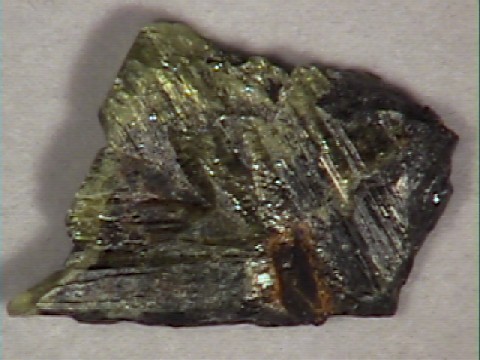

chb-11 ($ 60.00)
Ambatodraza, Madagascar
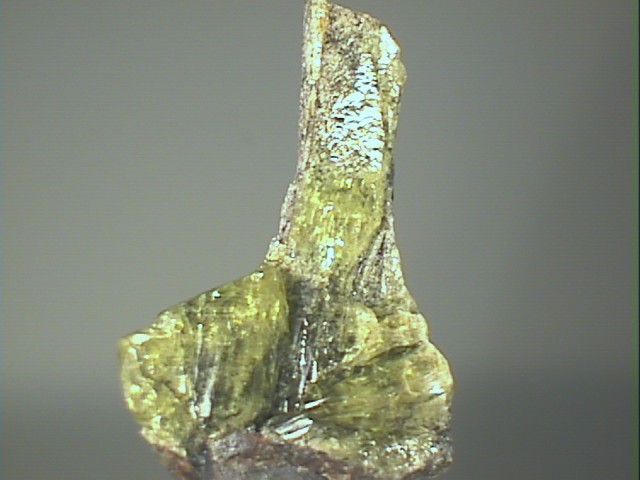
CHRYSOBERYL specimen chb-12
$ 45.00
$ 45.00
Dims: 1.19x0.77x0.31" (3.03x1.96x0.79cm)
Wt: 0.17oz (4.9g)
Ambatodraza, Madagascar
Coating two surfaces of a black matrix, and rising to an exposed peak, is a crystal of transparent pale yellow-green chrysoberyl. I say "a" crystal instead of several crystals because the striations and terminations have the same orientation. Actually, I believe that the host rock is a fragment of a single crystal of very impure chrysoberyl, as that is the case with other specimens from this locale.

chb-12 ($ 45.00)
Ambatodraza, Madagascar